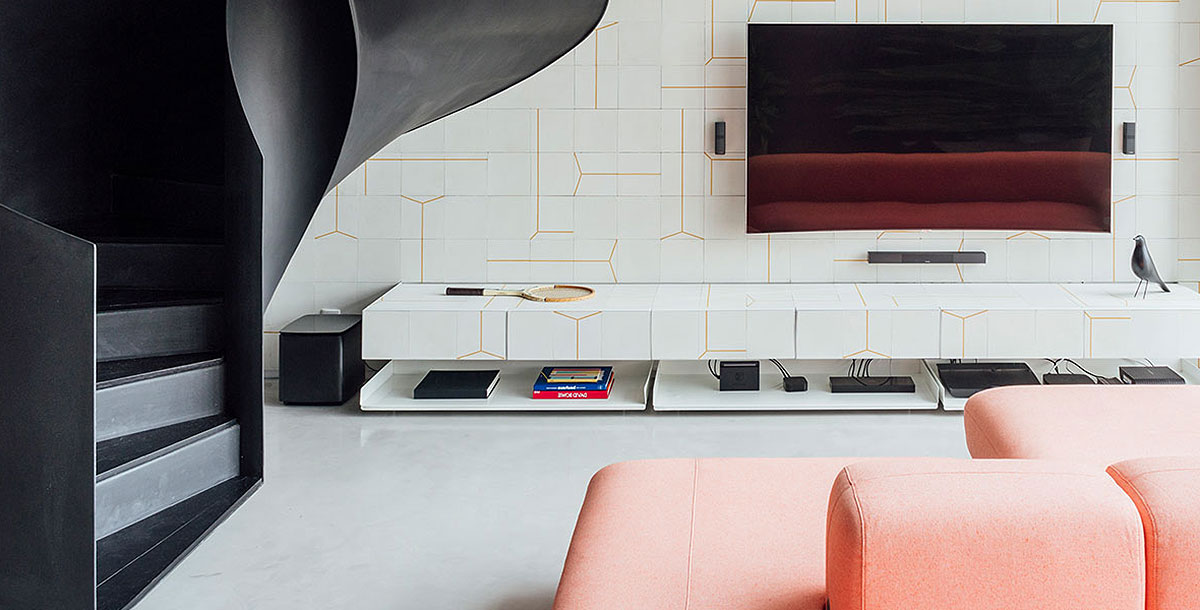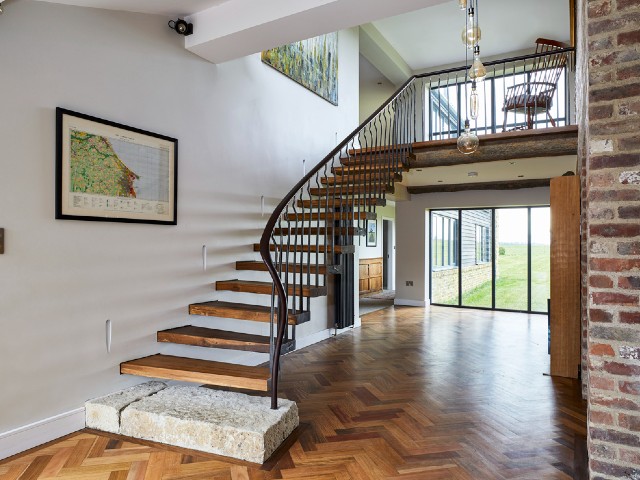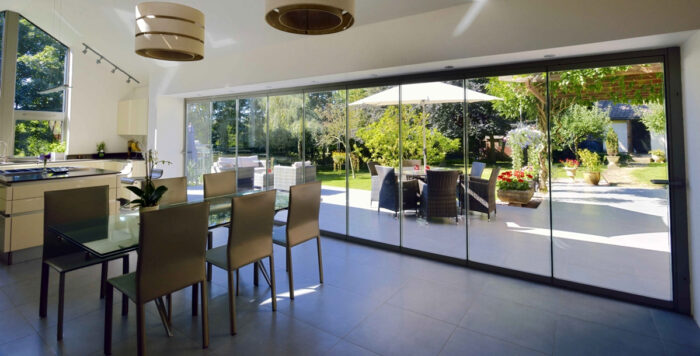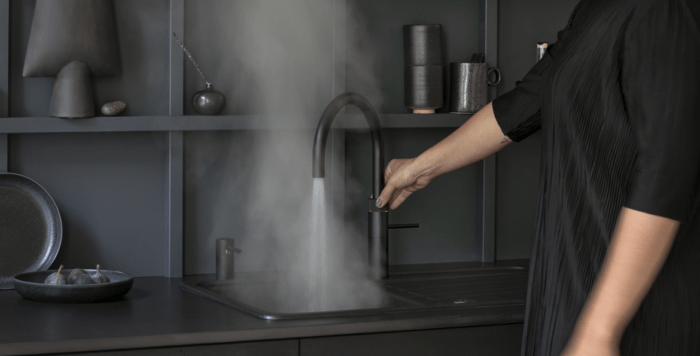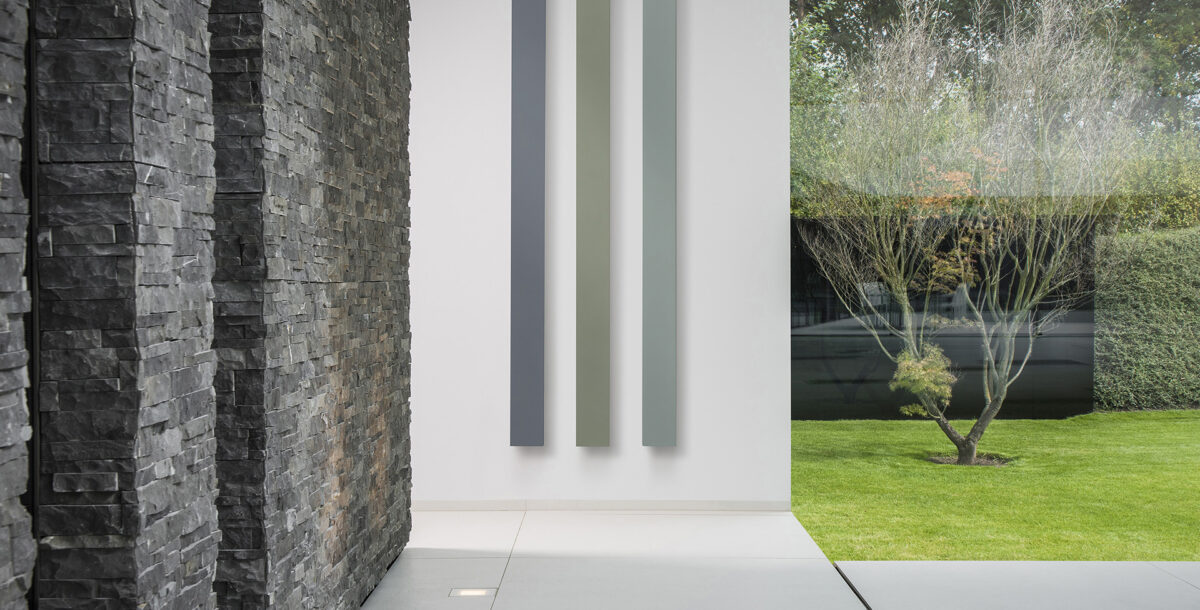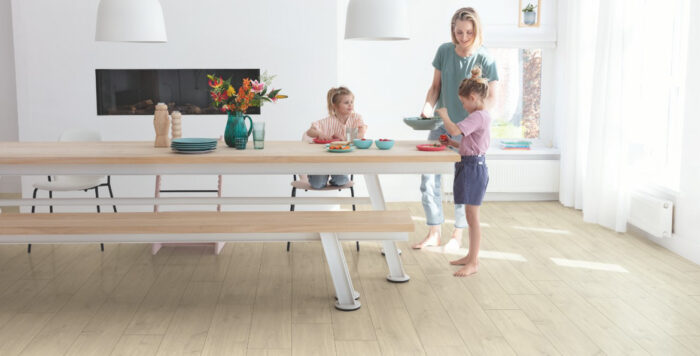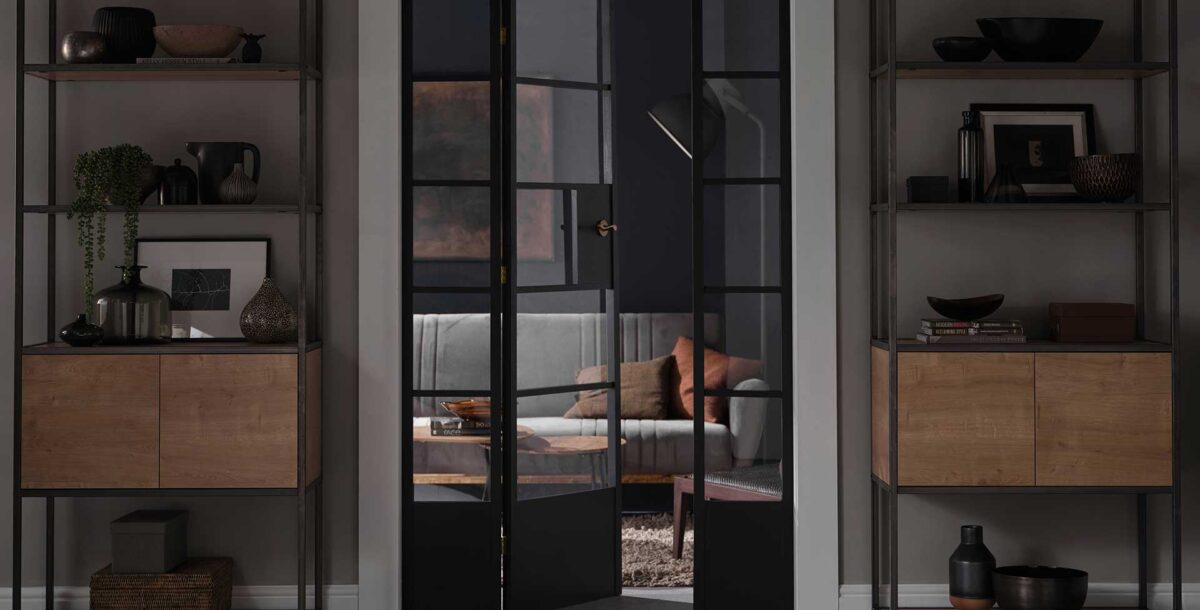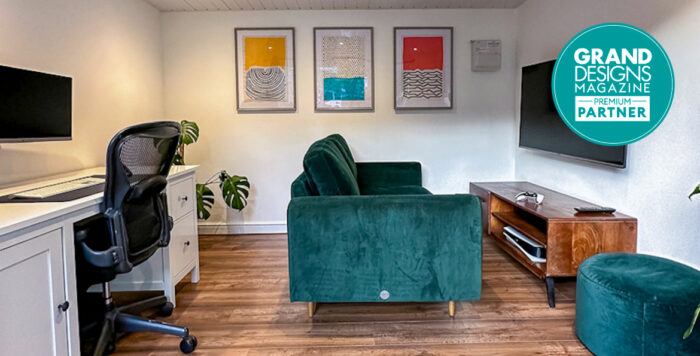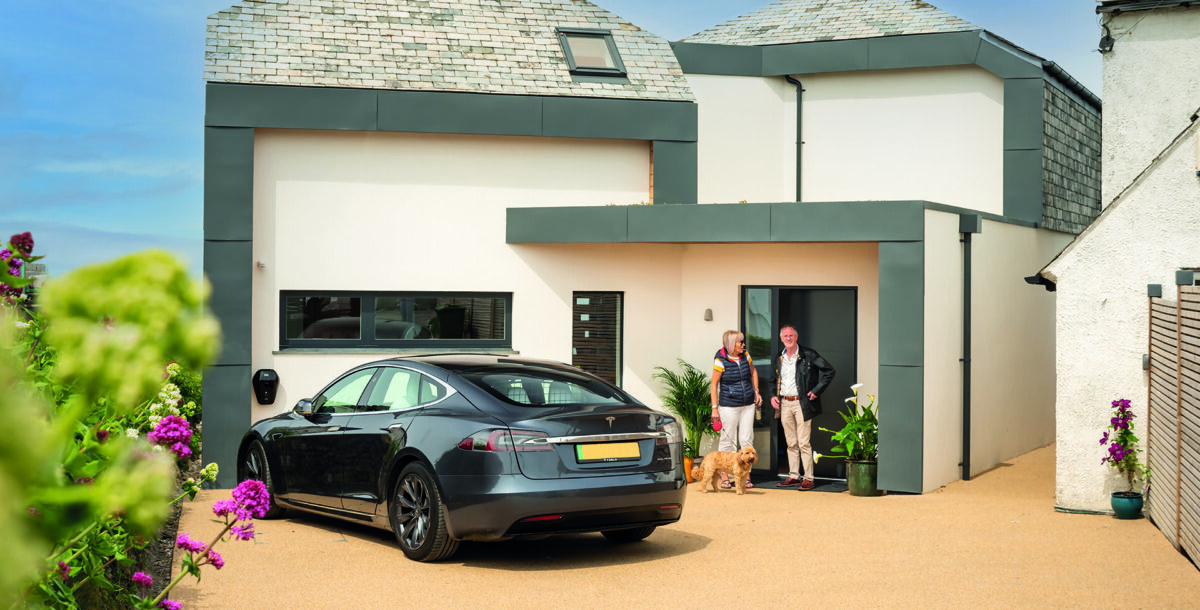A practical guide to choosing a new staircase
The backbone of your home should be a brilliant combination of practicality and good looks
Unless you have a huge space, the layout of your staircase will most likely be determined by the shape and size of your stairwell and the measurement of the rise, which is the height from floor to floor.
A straight staircase design will take up more space than a spiral staircase, but needs a thin narrow opening above as opposed to a square or circular one. If you have the room to be a little extravagant, a dramatic central, helical or sweeping staircase design can make a standout feature in the entrance to your home.
The staircase can have a huge impact on your home, setting out a design statement and affecting the way everyone moves around the house. It’s also one of the most complex elements of a self-build or renovation, so seek advice from an architect or specialist company at the planning stage.
Staircase permissions
Everything about the staircase must meet stringent building regulations. This includes the height and depth of each step, the permissible gap between open treads, the rake, or angle, the headroom – usually two metres – and the requirements for a handrail.
When replacing older stairs that might not satisfy modern regulations, find a solution that meets current standards. But, there is an exception to this rule: ‘If the space is restricted, such as in a mews or cottage, then it is permissible to replace like with like,’ says Richard, design director at staircase manufacturer Bisca.
Staircase design choices
The average cost of a new staircase in the UK is around £1,500-£4,000, according to checkatrade.com. That includes build cost and installation. A straight flight is the simplest and most cost-effective option, costing around £750-£1,500. Fitted to the wall, this design has the advantage of providing under-stair storage. Add winders, which are angled tapered treads, to negotiate turns in direction. By contrast, you could spend upwards of £20,000 on a luxurious bespoke design. The average floating staircase can range in price from £20,000-£80,000.
For an open, contemporary look, a cantilevered stair with open or closed treads can be fixed into the wall at one side, appearing to float at the other. A helical design winds around a central void. This will take up a fair bit of space but is an impressive architectural highlight.
A spiral staircase, winding around a central support pole, could be the answer for a limited space such as a mezzanine area. Another efficient design option is to have compact alternating treads.
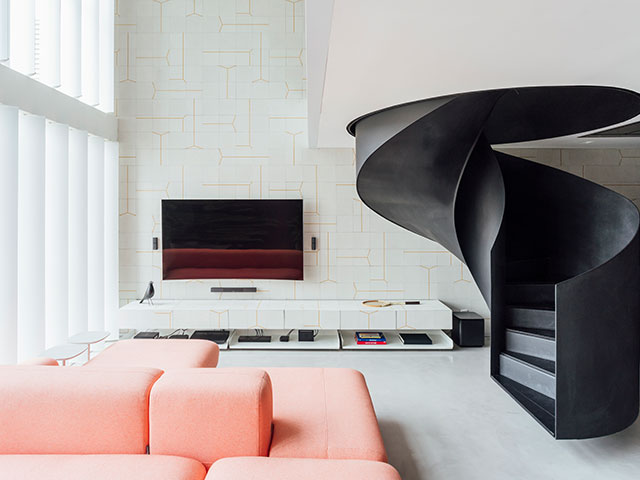
Arquitetural Nacional transformed a flat in Brazil with a helical staircase that doesn’t touch the floor
Staircase materials
Timber can be used for all elements of the stair, and for both simple modern forms or more elaborate designs. Classic turned wood spindles, a polished handrail and a shapely newel post are supremely elegant. Less-expensive woods can be painted while hardwoods can be oiled or polished. Steel is a durable and contemporary option. Strong, yet with a lightweight look, it can be fitted with wood or glass treads.
A cast concrete staircase will lend an industrial edge to a scheme and can also be clad in timber or stone. For a truly grand impression, a sweeping cantilevered stone stair is hard to beat. Glass balustrades offer a streamlined look, bringing natural light to dark areas.
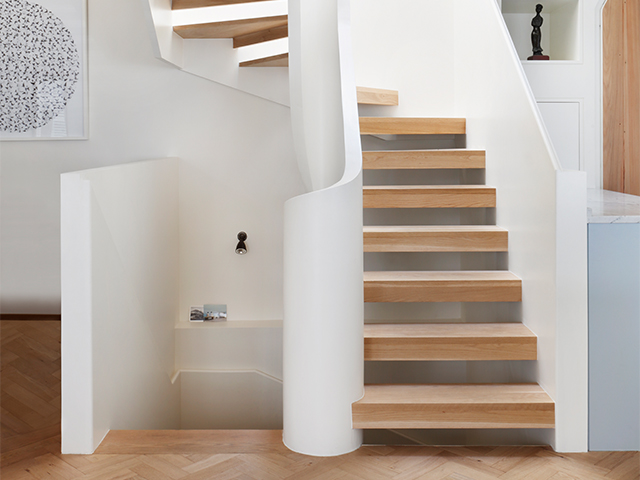
Architect De Rosee Sa added this bespoke design with open treads to a Victorian mews. The stringers support for the whole stair and a rooflight adds brightness. Photo: Alexander James Photography
Cantilevered stairs
A cantilevered staircase appears to float as it is only fixed on one side by means of an anchoring plate set within the wall. Treads – which can be open or closed – are supported by load-bearing steel bars attached to the anchoring plate. The wall is used as the main support in the vast majority of cases.
‘Generally, the wall must be solid, although we have worked with light block walls,’ says Jarrod Matthews, managing director of Jarrods Staircases. ‘A floating impression can also be achieved by setting the treads between glass panels, in which case they can be supported by the glass rather than a load-bearing wall. A similar effect can also be achieved by creating a cantilever staircase suspended by steel bars anchored into the ceiling.
‘For a retrofit, we take the staircase out and the new load-bearing steel bars sit in the existing recesses. This is no more difficult than a new-build,’ he adds.
Cantilevered staircases usually cost around 30% more than a standard installation.
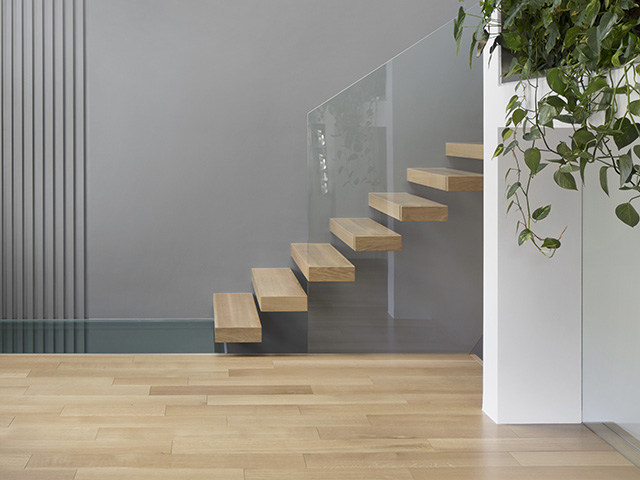
This cantilevered staircase by _naturehumaine is fitted with a glass baulstrade for a minimal look
Budget upgrade
Not simply a practical safety measure, the balustrade is one way to update a standard staircase if you’re on a budget. ‘Forged, formed or ornate uprights add drama and make the stair look unique,’ says Richard McLane. ‘It’s worth spending as much as you can afford on glass balustrading. ‘You will get a much better, cleaner look if you can stretch to a fully bespoke version without visible fixings,’ he says.
‘A balustrade is necessary to meet building regulations, although it could be made from glass to maintain an open design,’ says says Jarrod Matthews. ‘The staircase width dictates whether a balustrade is needed on both sides.’

